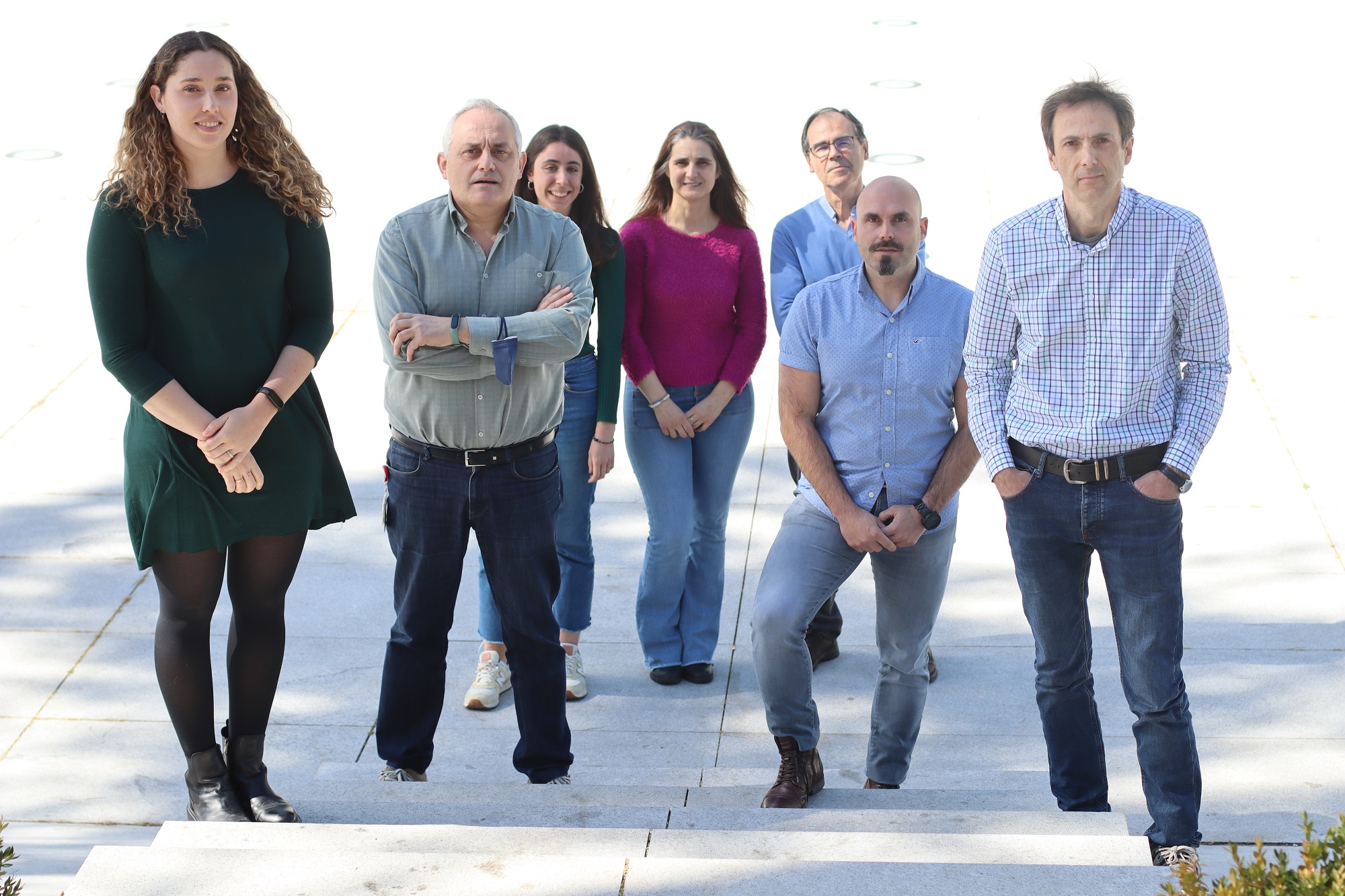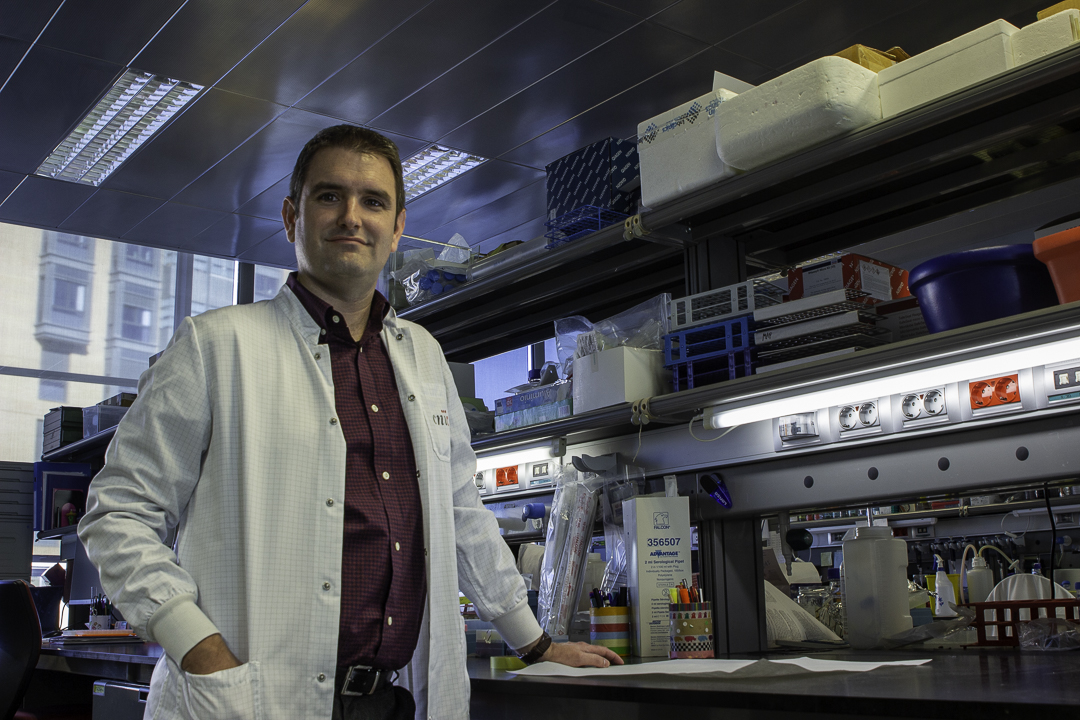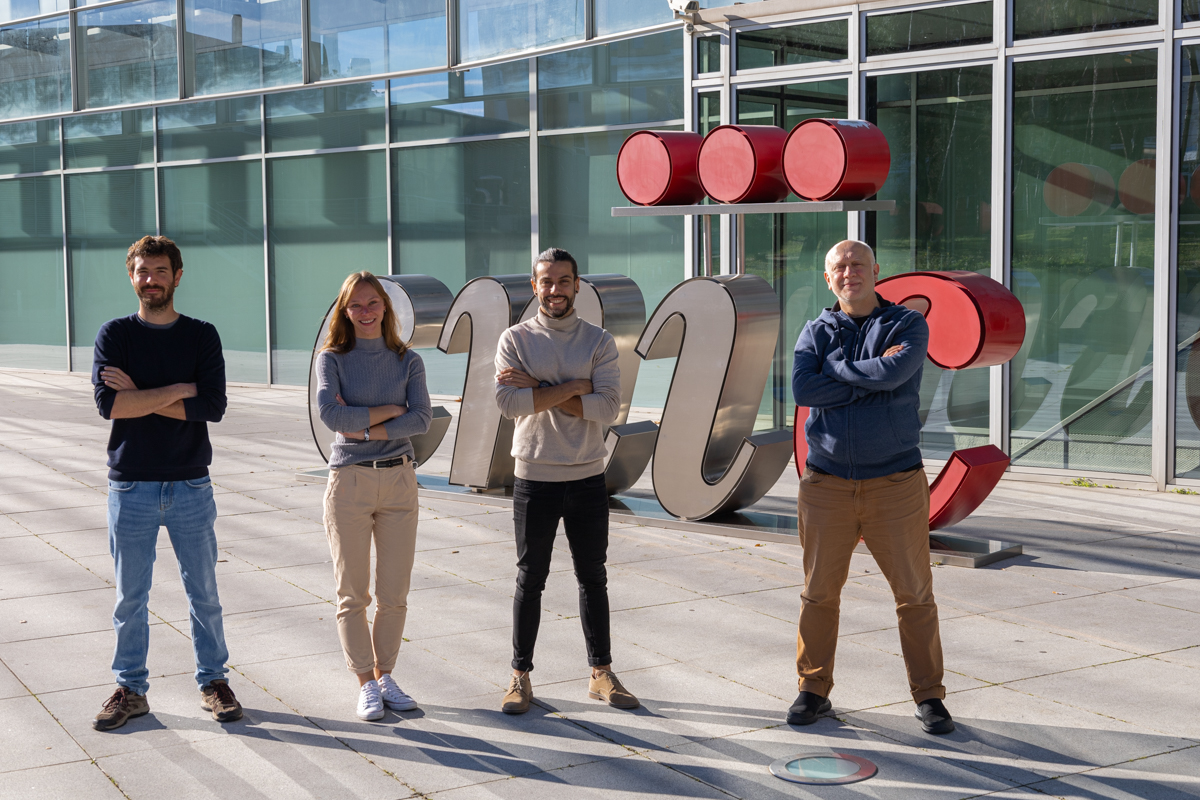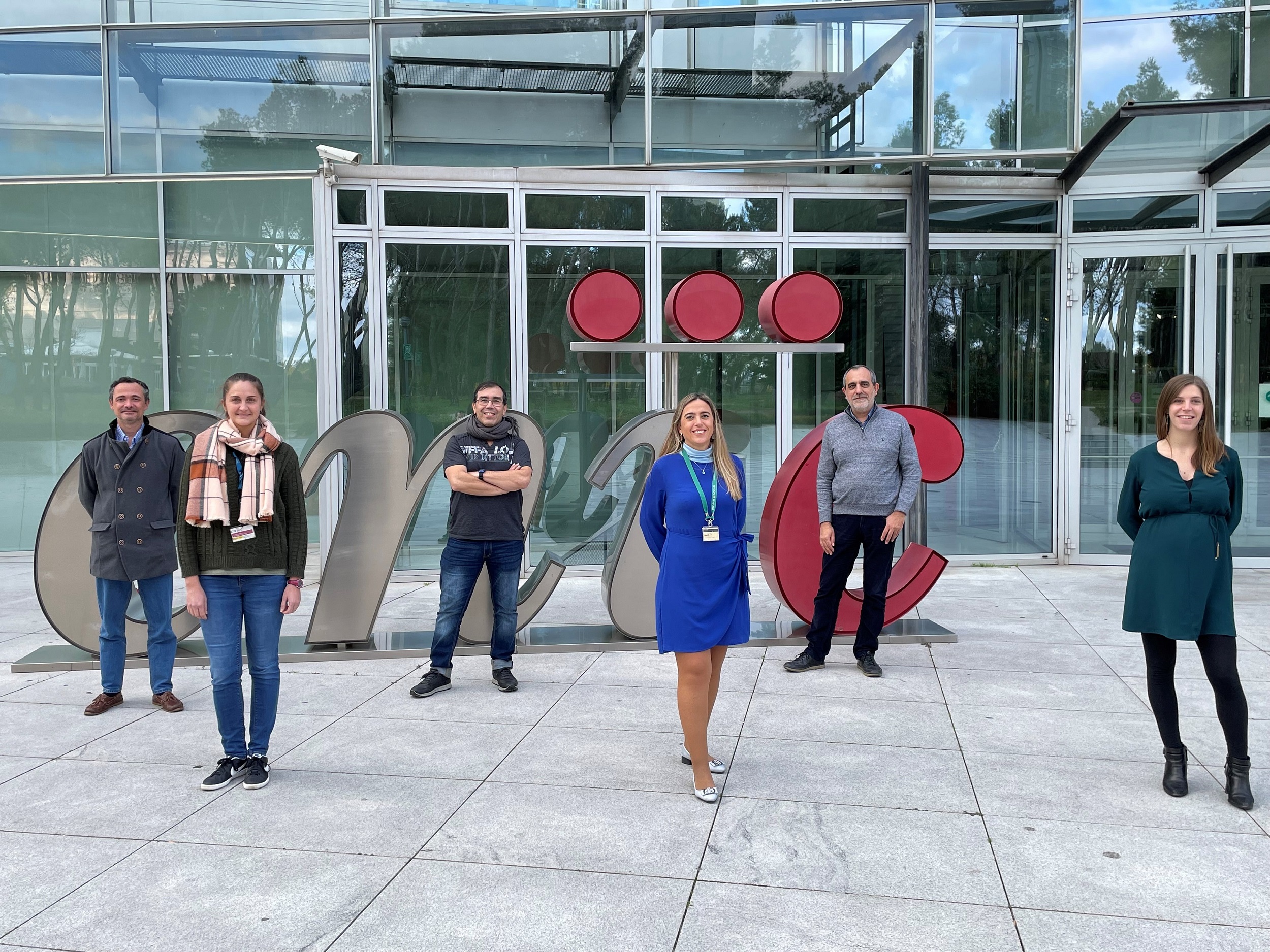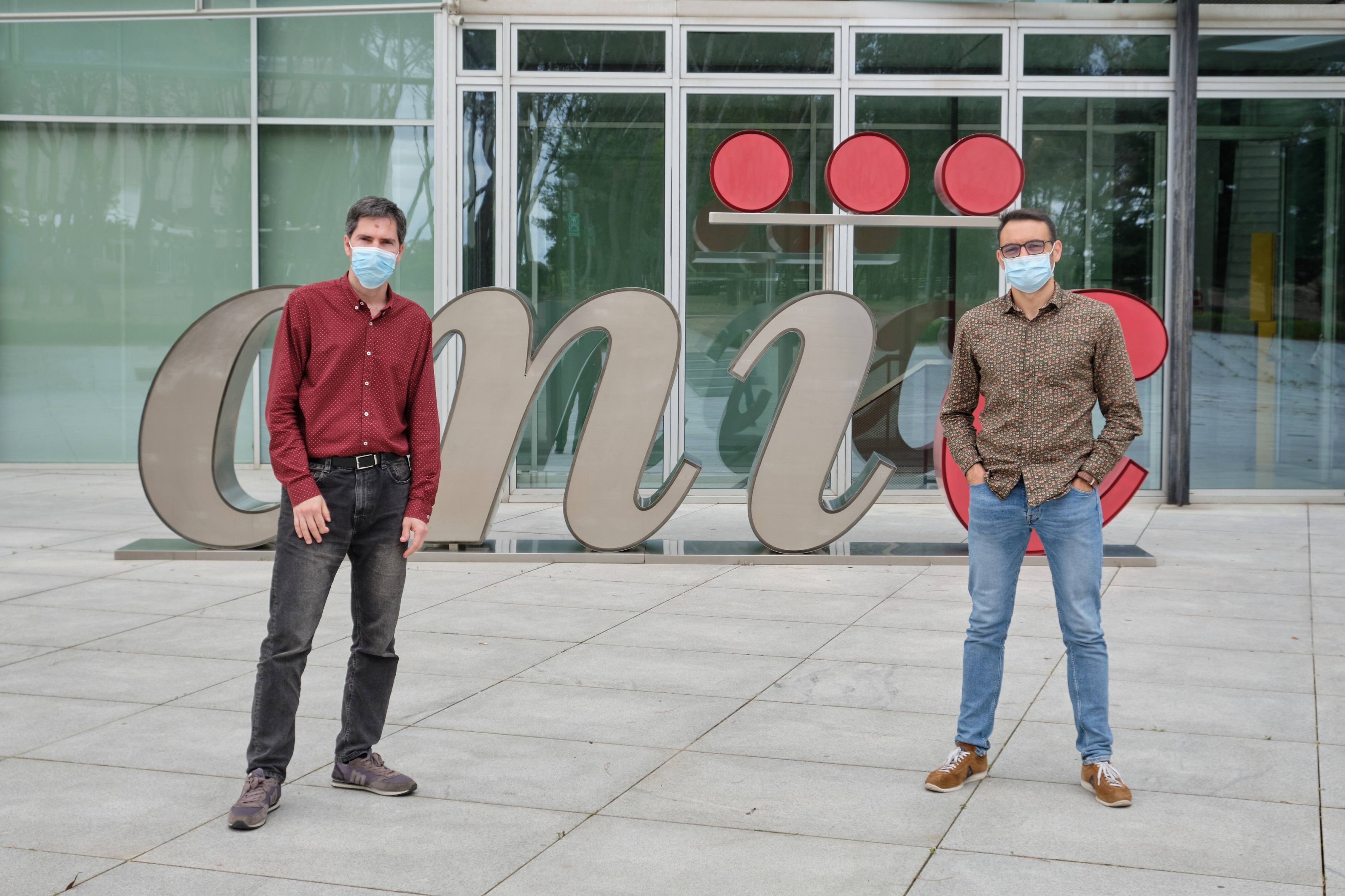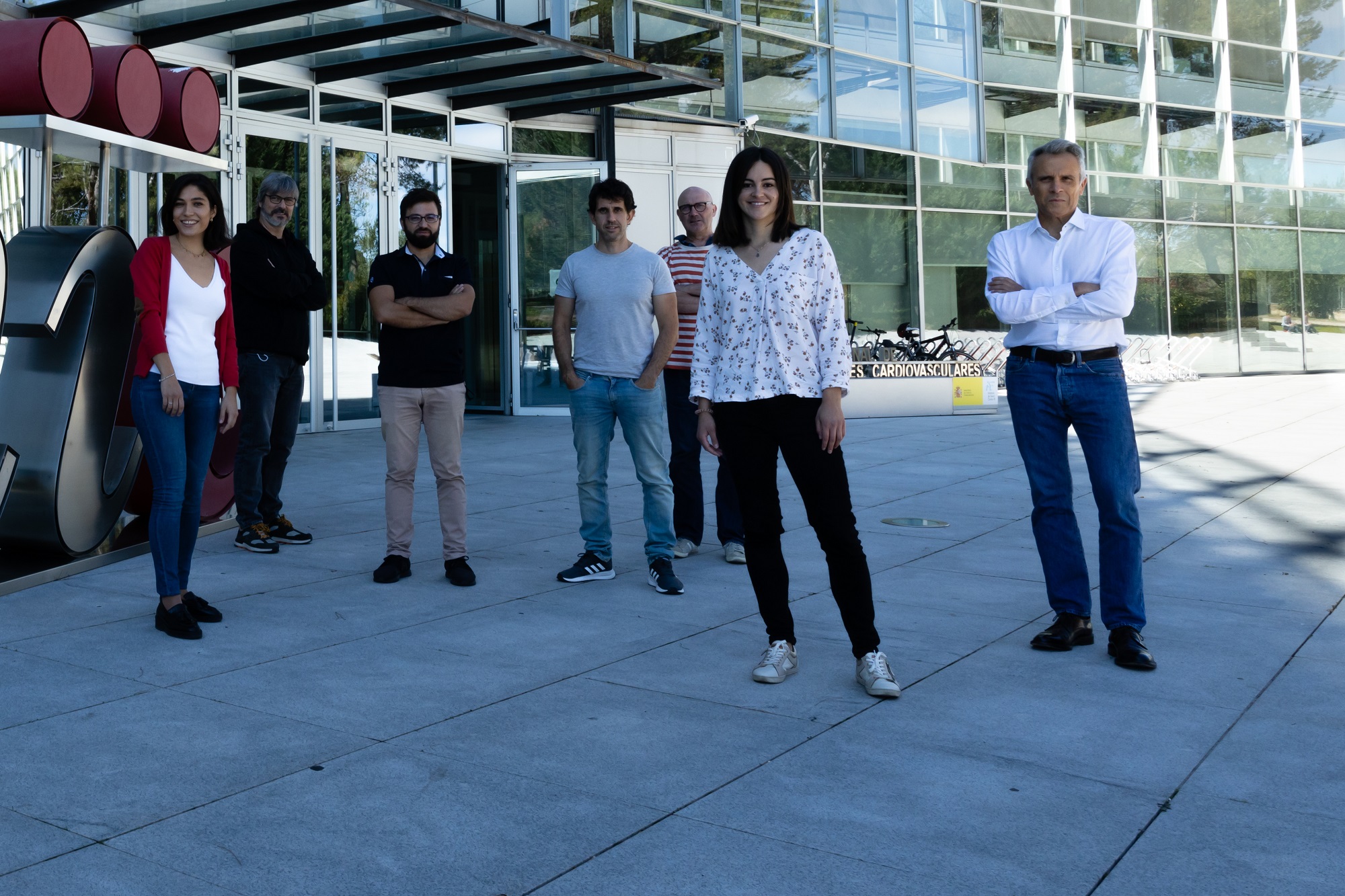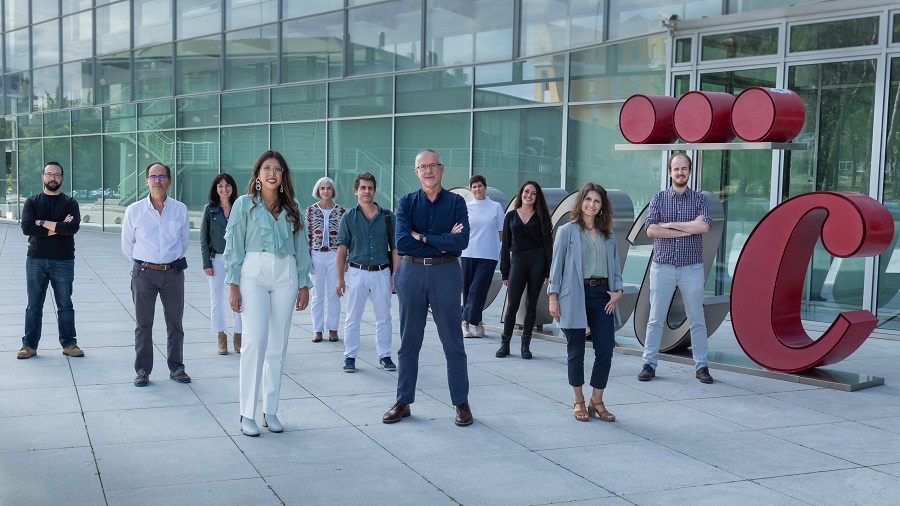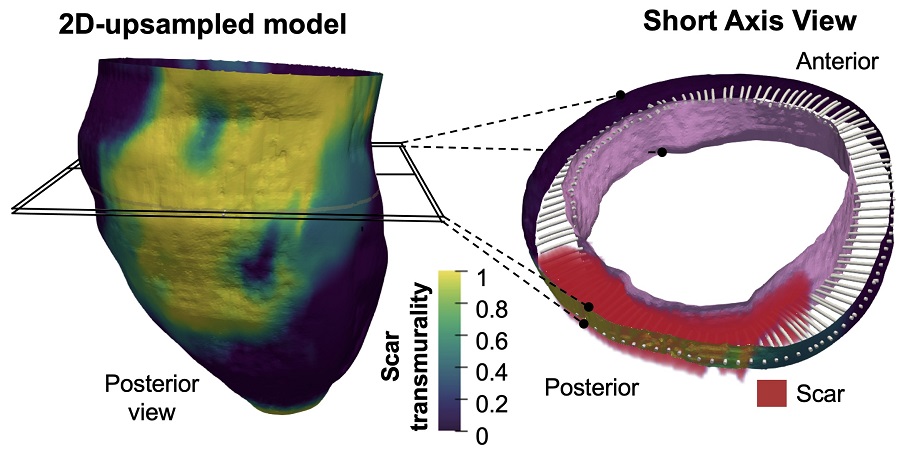News search
|
Research 3 Mar 2022 Most biological processes require the import to the cell nucleus of key regulatory factors; one of the most important of these factors is the protein YAP |
|
About the CNIC 23 Feb 2022 Researchers from the CNIC and Columbia University (USA) review the role of acquired mutations and clonal hematopoiesis in cardiovascular disease |
|
About the CNIC 3 Feb 2022 |
|
Research 5 Jan 2022 Scientists at the CNIC have developed a simple model for studying the behavior of immune cells in live animals and have identified a harmful cell behavior pattern associated with cardiovascular disease |
|
Research 24 Nov 2021 The study, published in PLoS Biology, shows for the first time that cardiac metabolism in the postnatal period determines the regulation of metabolism in the whole body |
|
Research 18 Nov 2021 Immune therapy based on nasal administration of a preparation of dead bacteria called MV130 prevents death in experimental animals infected with the SARS-CoV-2 coronavirus and increases the immunogenicity of COVID-19 vaccines |
|
Research 12 Nov 2021 A study published in Science Advances shows that the gene GPR126, while not required for the development of the heart, plays an essential role in the formation of the placenta, the gestational organ that nourishes the fetus |
|
Research 26 Oct 2021 Scientists from the CNIC and the CIBERCV have generated the first experimental animal model that develops Hutchinson-Gilford Progeria Syndrome and allows its controlled reversal |
|
Research 28 Sep 2021 This innovative technology may provide an efficient approach in clinical practice after manual or automatic segmentation of myocardial borders in a small number of conventional 2D slices and automatic scar detection |
- ‹ previous
- 9 of 38
- next ›
